What to do if a pepper has purple leaves in a greenhouse or open field
Many vegetable growers are engaged in the cultivation of pepper, as this vegetable is very often used to prepare various dishes and salads. During the cultivation of this plant, various problems can arise. Quite often, its leaves begin to change their color and turn purple. To get rid of this problem, you need to figure out why they change their color.
The reasons
Many gardeners are seriously surprised when they see seedlings that have a lilac hue. Normal peppers cannot have this color. There is more than one reason why leaves can turn purple or purple.
Temperature changes
One of the main reasons for this problem is sharp temperature changes. Due to the sudden cold snap, the leaves begin to curl up into a tube and darken. Over time, they take on a lilac color and turn purple.
Most often, leaves with this shade appear when the pepper is planted early in the open field. When growing peppers in a greenhouse leaves darken much less frequently. However, this can happen in a greenhouse if it is not sufficiently insulated. To preserve the bushes, you must immediately restore the optimum temperature.
Anthocyanosis
Anthocyanosis appears if the pepper lacks phosphorus. Because of this, young seedlings begin to gradually degrade and die. Phosphorus is an irreplaceable substance that is necessary for the normal growth and development of bushes. It is not only the main energy source of the plant, but also controls all of its metabolic processes. Phosphorus is very important for pepper as it stimulates fruit set, flowering and root zone. In addition, it is responsible for the accumulation of sugar in ripe fruits.
The lower leaves of the bush can signal a lack of nutrients, since they are the first to begin to change their color. Also, the color can change and the stem of the bush.
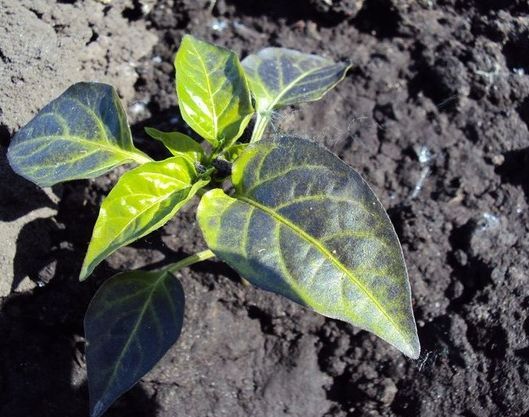
Other signs include curling the leaves toward the stem or upward. If you do not get rid of anthocyanosis in a timely manner, the stem will become more hairy and brittle. The root system may also be affected. Over time, it becomes weaker and worse at absorbing nutrients from the soil.
Greenhouse temperature maintenance
Many people are confused about what to do if the pepper has purple leaves. To prevent discoloration in peppers, you must constantly monitor the temperature.
Temperature norm
The optimum daytime temperature should be around 20-25 degrees.In the evening, this indicator may be less by 3-5 degrees. Many budding growers try to increase the temperature inside the greenhouse to improve the growth of the bushes. However, this can only harm the plant and lead to its death.
You should also monitor the temperature of the soil. It is necessary that it does not fall below 14 degrees and does not exceed 25 degrees. With a serious decrease in these indicators, phosphorus starvation of plants may begin.
Temperature control methods
Quite often, purple leaf streaks appear due to low temperatures. There are several ways to quickly raise it a few degrees:
- Application of additional layers of film at night. They are placed at a distance of about 5 cm from the main layer. It is better to use plastic wrap clasps to secure them. With this additional protection, an air cushion is formed, which protects the greenhouse from the outside cold air.
- Limit the amount of air above the bell pepper bushes with an additional small greenhouse. Its frame can be made from small wooden rods or wire with a diameter of 3-4 mm. As a coating, you can use a solid film with a thickness of at least 0.5 mm. To avoid creating too high a temperature under the additional greenhouse, it should be periodically ventilated.
- To increase the temperature of the soil by a few degrees, it is necessary to mulch it. This can be done using spunbond or film. Thus, the temperature will increase by 1-2 degrees and the pepper will not turn blue.

Increase the temperature in the greenhouse very carefully. Especially on hot days, as this can damage the pepper bushes and cause burns.
Top dressing of pepper
Quite often, the leaves turn blue due to the lack of phosphorus and other nutrients, so it is necessary to feed the pepper properly. Before feeding the plant, you need to familiarize yourself with how to do it correctly.
The first feeding
You need to start fertilizing the soil before planting the seedlings. To do this, 200 grams of ash, a bucket of compost, a teaspoon of potassium sulfate and a tablespoon of superphosphate are introduced per square meter of the site.
The next top dressing is carried out only 20 days after planting the seedlings in the ground. From this point on, it is recommended to use fertilizers with an increased amount of phosphorus so that purple spots on the leaves do not appear in the future. A solution prepared from 15 g of carbonite, 10 liters of water and 3 g of superphosphate is poured into the pre-moistened soil under each pepper bush.
If the young leaves not only changed their color, but also began to fall off, then a boric acid solution should be used.
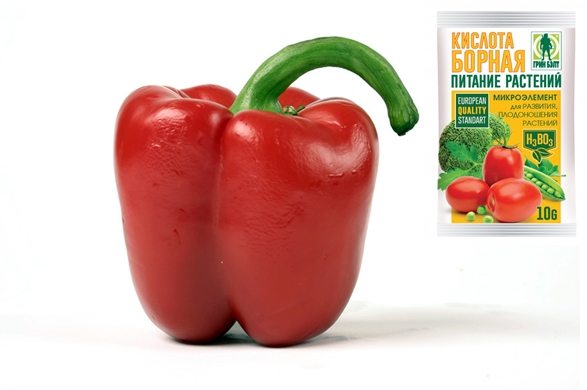
Top dressing during development and flowering
During growth, fertilizers should be applied to the soil monthly, 2-3 times. Growing pepper bushes need calcium, nitrogen and phosphorus. Before budding, add a solution prepared from 10 g of these mineral fertilizers and 5-8 liters of water to the soil. For each pepper bush, no more than 100 g of the mixture is consumed.
For severe phosphorus deficiency, a strong superphosphate solution is used. To prepare it, a glass of superphosphate is filled with hot water. The mixture should be infused for about 12 hours, after which it should be poured into a bucket of water. One bush is treated with a liter of prepared solution.
You can also carry out foliar feeding. For this, the foliage is treated with a 0.5% phosphorus solution.
Conclusion
Quite often, pepper leaves begin to change their color and become purple in color. If the leaves turn purple, then you need to monitor the temperature of the environment in which the greenhouse pepper grows and fertilize the soil regularly.You can also talk with people who have been growing pepper for a long time and know how to get rid of this problem.
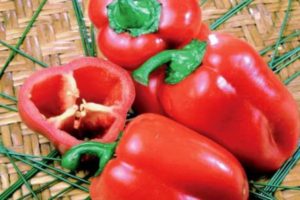
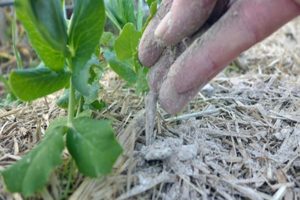
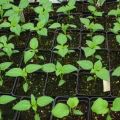

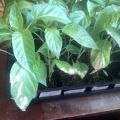
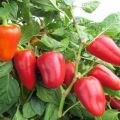


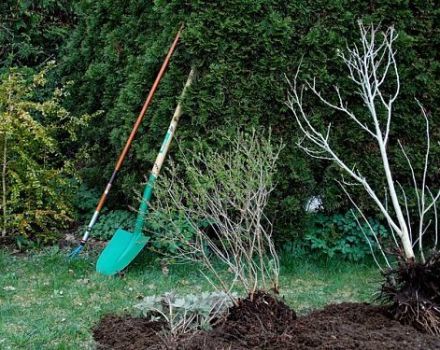
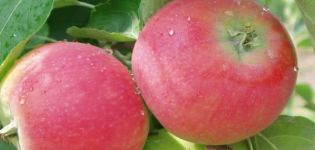
If you feed the seedlings, then such problems will not arise. I recommend using a bioactivator "BioGrow”, It not only activates growth, but also strengthens the pepper. Seedlings do not react so strongly to temperature changes.